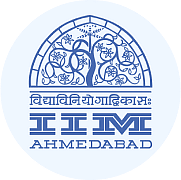CAT Exam > CAT Videos > Quantitative Aptitude (Quant) > Problem Set: Ratio & Proportion
Problem Set: Ratio & Proportion Video Lecture | Quantitative Aptitude (Quant) - CAT
|
191 videos|131 docs|110 tests
|
FAQs on Problem Set: Ratio & Proportion Video Lecture - Quantitative Aptitude (Quant) - CAT
| 1. What is the difference between ratio and proportion? |  |
Ans. A ratio compares two quantities by division, while a proportion is an equation that shows two ratios are equal.
| 2. How can ratios be simplified? |  |
Ans. Ratios can be simplified by dividing both parts of the ratio by their greatest common factor.
| 3. How can proportions be solved? |  |
Ans. Proportions can be solved by cross-multiplying and then solving for the unknown variable.
| 4. Can ratios and proportions be used in real-life situations? |  |
Ans. Yes, ratios and proportions are commonly used in everyday scenarios such as cooking, mixing chemicals, and calculating distances.
| 5. What is the importance of understanding ratios and proportions in banking exams? |  |
Ans. Ratios and proportions are essential in banking exams for solving mathematical problems related to interest rates, loan calculations, and financial analysis.
|
191 videos|131 docs|110 tests
|

Video Timeline


|
Explore Courses for CAT exam
|

|
Signup for Free!
Signup to see your scores go up within 7 days! Learn & Practice with 1000+ FREE Notes, Videos & Tests.
Related Searches


















